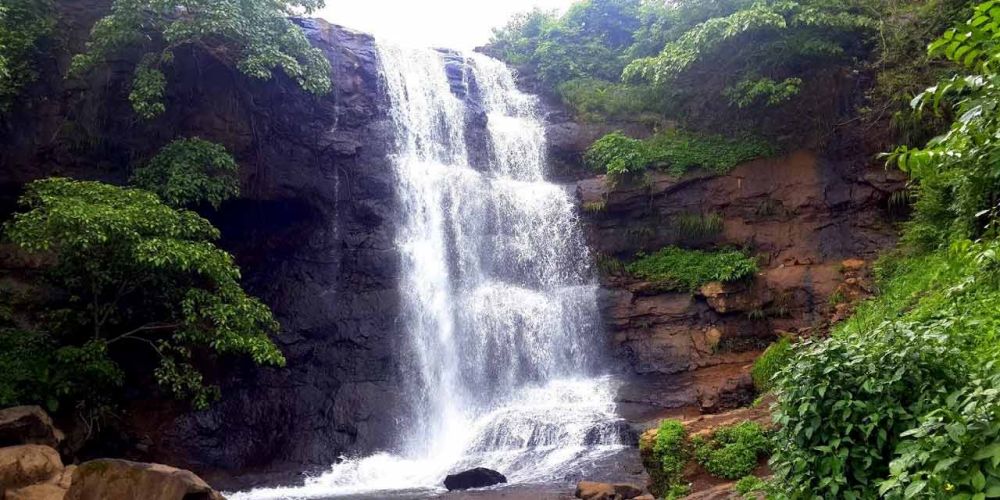

Nestled in the lush landscapes of the Western Ghats, Shanti Falls is a scenic waterfall located near the hill station of Kemmanagundi in Karnataka, India. This tranquil spot has been attracting visitors with its pristine beauty and soothing atmosphere. The history of tourism at Shanti Falls is comparatively recent, but it has quickly become a favorite among nature lovers and trekkers seeking solitude and adventure. Let us delve into the history of tourism at this picturesque location and understand the current trends.
Historically, the region surrounding Shanti Falls was known for its coffee plantations and the summer retreat of Krishnaraja Wodeyar IV, the erstwhile Maharaja of Mysore. But it wasn't until the late 20th century that Shanti Falls started gaining recognition as a tourist destination.
In past decades, tourism in Kemmanagundi was primarily focused on the hill station itself, with its royal gardens and spectacular views. Visitors would often miss the relatively hidden Shanti Falls. However, with the rise in eco-tourism and the push for discovering offbeat locations, Shanti Falls began to draw attention.
The Karnataka government and the Department of Tourism also stepped up their efforts, promoting Kemmanagundi and its nearby attractions, including Shanti Falls, to a wider audience. As infrastructure improved with better roads and signages being put in place, visiting this cascading waterfall became easier for tourists.
In recent years, there has been a noticeable shift towards sustainable and responsible tourism. Travelers visiting Shanti Falls are often eco-conscious, seeking to minimize their environmental footprint. Current trends also show a preference for experiential travel - visitors are no longer content with just sightseeing; they seek immersive experiences.
Hiking and trekking to Shanti Falls are becoming increasingly popular activities, with the route offering captivating views of the Western Ghats. The monsoon season is especially favorable, as the waterfall cascades at full force, surrounded by lush greenery.
Photography enthusiasts flock to Shanti Falls to capture the natural beauty and the interplay of light and water. Furthermore, the Karnataka tourism board has included Shanti Falls in its adventure tourism offerings, often arranging guided treks and excursions.
Homestays and eco-resorts have emerged as preferred accommodation options in the vicinity of Shanti Falls, offering guests a chance to stay close to nature and experience local culture and cuisines. These stays ensure that the environmental impact on the region remains minimal and that visitors contribute to the local economy.
For anyone visiting Kemmanagundi, Shanti Falls remains a not-to-be-missed attraction, symbolizing the harmonious blend of natural beauty and sustainable travel practices.
If you're planning a trip to Karnataka, a visit to Shanti Falls should certainly feature in your itinerary. A pathway engulfed by dense forest leads to this natural retreat, serving as a refreshing escape from the hustle and bustle of city life. Remember to respect the natural environment and support the local communities during your visit to ensure that Shanti Falls remains a pristine destination for generations to come.